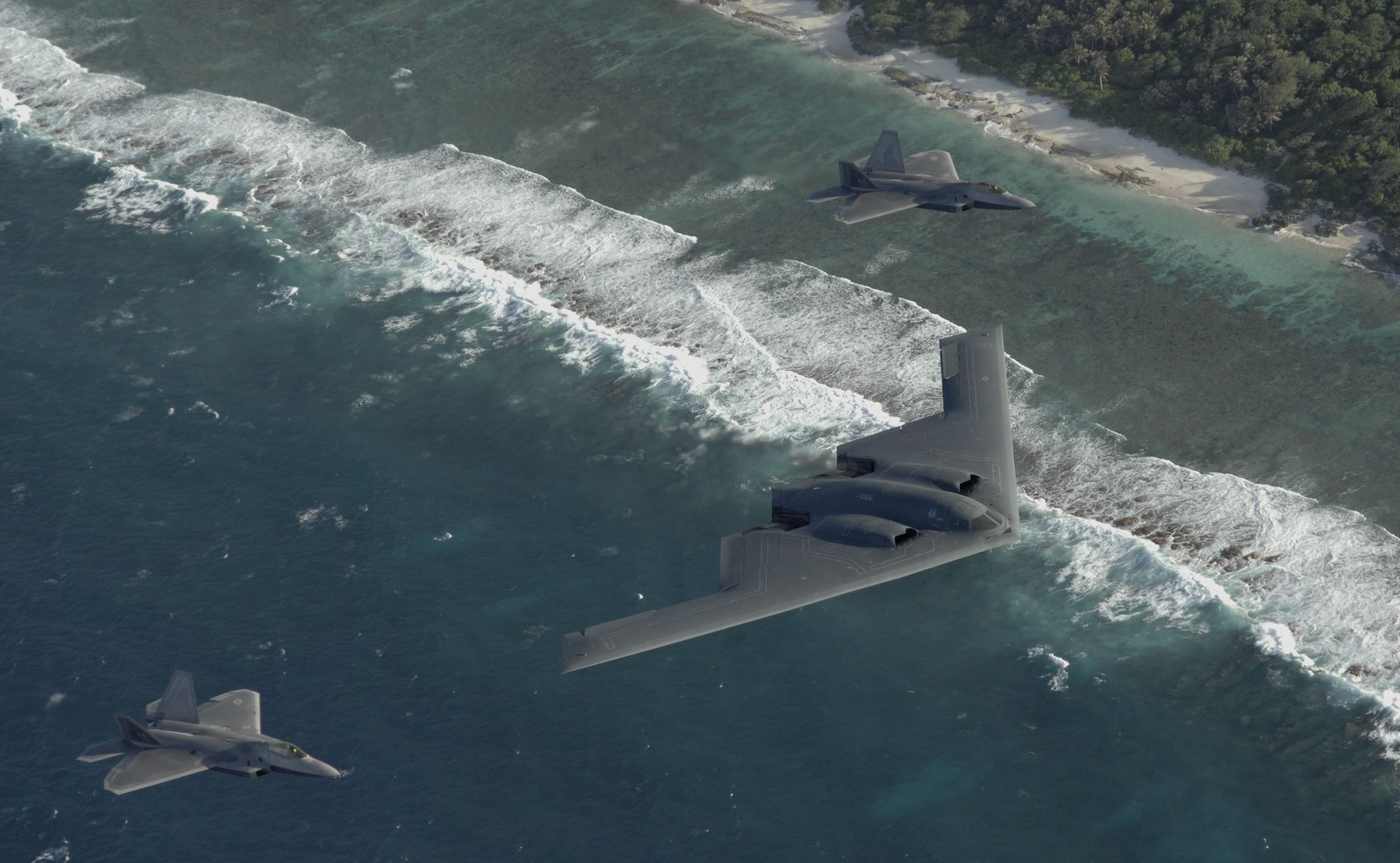Seems like the quickest way to achieve air superiority and just win etc is to use stealth strike/bombers to decapitate civilian/military leadership, air fields, utilities, gov institution, air defenses, oil/gas storage ...
Probably gonna catch a lot of shit for saying this (actually wanted to say it for a while, but I've been biting my tongue this whole time), but I'll say it anyway - I just don't think there's a need for a stealth strike fighter... We have the J-16 and it's growing capabilities to accomplish the strike mission.
One would assume air superiority is achieved and air defenses suppressed/destroyed before we sent in interdiction/strike fighters and bombers to take out targets. I just can't picture many occasions where strike fighters will need to evade enemy radar and therefore have the need for stealth, especially when you throw in how expensive stealth aircraft are to produce, operate, and maintain.
Even if there were a need to evade detection in order to destroy a strategic target, the J-20 has a limited weapons load to drop PGBs to accomplish the mission, much like how the USAF used their F-22s in Syria to drop JDAMs on Islamic State targets. If the target were bigger or more sheltered, a pair (or four-ship) of J-20s could fly escort to an H-20 as it drops the house (and why I think the H-XX program is more of a priority... More important than a strike variant of the J-20 anyway).
Just a bit of illustration for my point, but of course you'll have to use a bit of imagination to replace the Raptors with J-20s.


